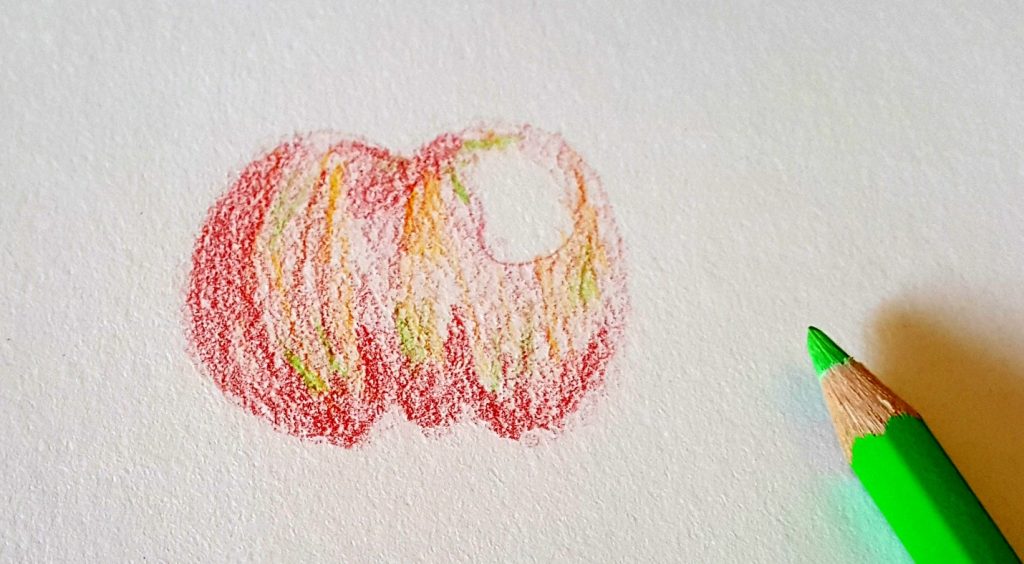Using watercolour pencils is an entertaining and imaginative method to create stunning artwork with a watercolour impression. This comprehensive tutorial walks you through the necessary steps, supplies, and techniques for using watercolour pencils. Novices and experienced artists can explore their imagination while producing excellent outcomes if they know how to use this medium. Painting enthusiasts have access to a distinctive and adaptable medium with watercolour pencils. Watercolour pencils enable many approaches and effects by fusing the fluidity of watercolour with the accuracy of drawing. This post will explore using watercolour pencils to enhance your creative process, from preliminary drawing to finishing touches.
Understanding Watercolor Pencils
The main distinction between watercolour pencils and regular coloured pencils is that the former is made to react with water. When activated with water, the water-soluble pigments of watercolour pencils produce a vivid colour output. Watercolour pencils have unique blending and layering effects, unlike conventional coloured pencils that use binders based on oil or wax, enabling artists to create textures akin to watercolour paints. Get the required supplies assembled before you begin. Watercolour pencils, a gentle brush, water in a cup, and watercolour paper are needed. Selecting the right paper is essential; watercolour paper retains watercolours without distorting, enabling you to get the ideal results. Using heavyweight paper—such as hot- or cold-pressed—allows you to get a variety of textures in your artwork.
Choose your drawing strategy before you start. A standard method is to use a pencil to create a basic outline on watercolour paper. This sketch serves as a reference when using watercolour pencils afterwards. You need to highlight the primary forms and regions that you want to colour in the outline without going into too much detail. Once your outline is complete, add primary colours to your watercolour pencils. Applying the colours to the strokes you want to make is crucial. To make the painting more dynamic, leave some white space for highlights rather than filling in the entire space. This layering will help the colours merge more smoothly when water is added.
Use water to make the pencil marks come to life and get the watercolour appearance. Gently brush your pencil work with a brush dipped in clean water. To efficiently spread the colour, apply the water in smooth strokes corresponding to your pencil markings’ direction. More excellent brushes are ideal for covering more significant areas, while smaller brushes are better for more intricate work. Choose a brush size based on the area you are working on. You can add further layers of pencil to add other colours or to deepen the colour once the first coat of water has thoroughly dried. When mixing colours, consider applying layers of complementary hues on top of one another. These layered pigments can add depth to your artwork and provide new hues when you use water again.
Layering for Depth
You can use a spray bottle to apply water in addition to a brush. To accomplish this, lightly sprinkle the surface of your drawing with a spray bottle filled with clean water. This method lets you combine colours freely, but take caution because too much water might make hues run too much. Using watercolour pencils, you can improve your painting once it has dried by adding details. Now is the moment to add text, improve borders, and define edges. Wet the pencil tip before sketching a detail for a more pigmented effect. This will result in richer colours and better definitions.

With watercolour pencils, you have a great chance to try new things. Use alternative methods, such as soaking the pencil tip before applying it to dry paper or making marks with the pencil immediately on wet paper. Every technique yields distinct results that elevate your creative expression. Allow enough time for your artwork to dry—an hour or so, depending on the type of water and size of paper used. Before making any more adjustments, carefully press on the painting to ensure no moisture is present. Let the work dry for a more extended period if you detect any tacky areas.
Once your artwork has dried thoroughly, add any last touches you feel appropriate. Consider arranging your work to highlight its beauty, such as by framing it. Watercolour pencils can be used with other art mediums to produce more intricate pieces, such as ink detailing or media blending. Making a test chart showing how each pencil behaves with water is a good idea before starting a new project. Shades a tiny area with each pencil to see the various effects then brushes water over it. You can use this technique to make more informed decisions regarding the colour combinations you use in your artwork.
Trial and error is necessary for artistic development, so don’t let failures deter you. Unexpected occurrences can occasionally provide exciting and captivating consequences. Use watercolour pencils to embrace these events as a part of your learning journey. Think about participating in forums or creative communities that highlight watercolour techniques. Seeking guidance, getting input from others, and sharing your experiences can all help you gain essential new perspectives and improve your abilities. Interacting with other artists encourages experimentation and progress.
Conclusion
You can explore various methods and styles with watercolour pencils, unleashing your creative potential. Understanding the medium, picking up the necessary skills, and giving yourself room to experiment can help you produce an outstanding watercolour painting that enthrals your audience. This methodical technique will boost your comfort level with watercolour pencils and guarantee that your artistic passion never wanes.





